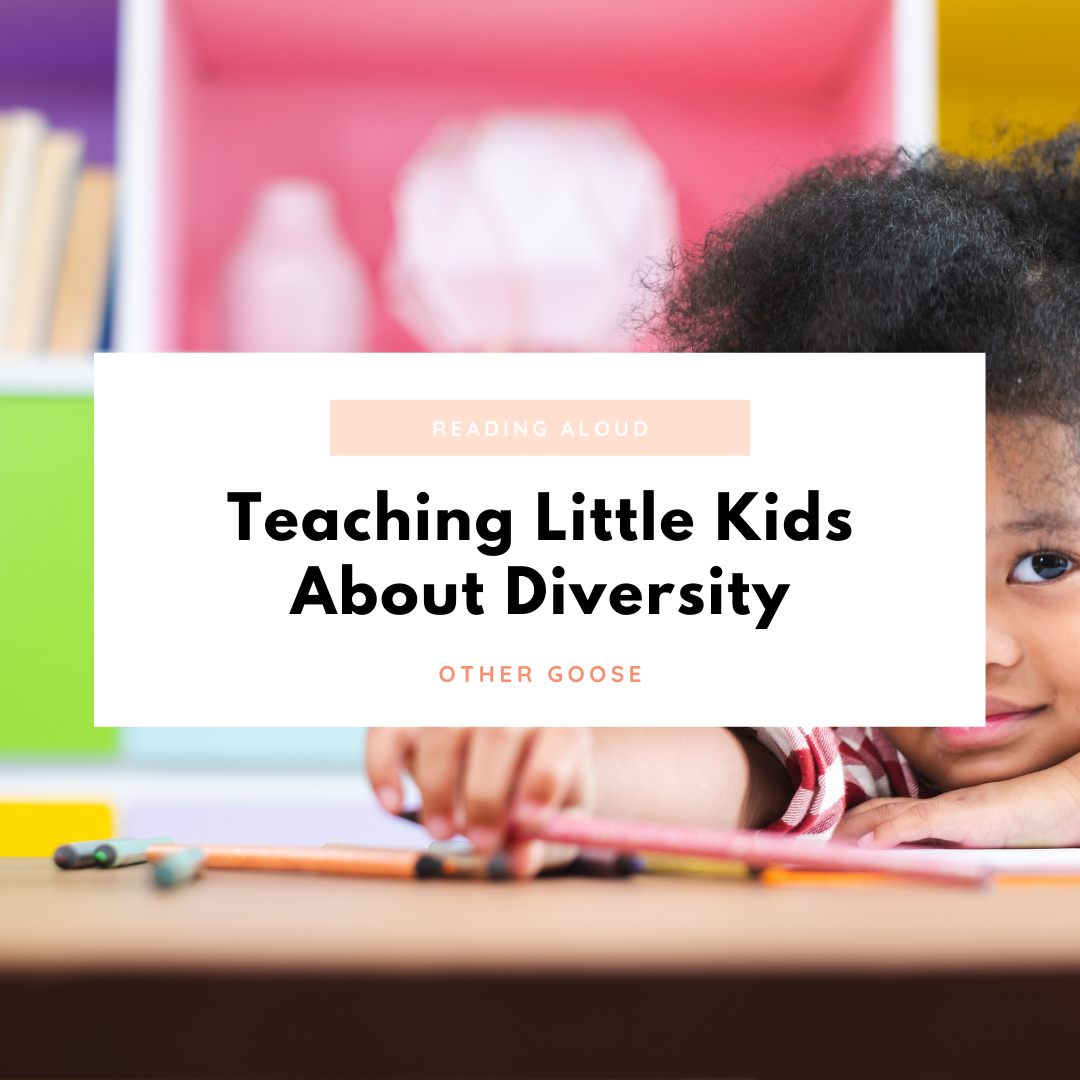
Here’s what we know about educating children: it’s never too early to start.
Whether our kids are in high chairs at 2 or on the high dive at 7, training their eyes and hearts to notice diversity and celebrate inclusion is of the utmost priority. Today, with the help of our larger BIPOC community, we’re sharing a few tips, tools, and resources to begin teaching your kids about both diversity and inclusion. (Hint: don’t miss our downloadable checklist of 12 Best Diversity Reads here!)
Parents: it starts with us.
CONSIDER THE BOOKSHELF
Chances are, your child‘s bookshelf already offers a rich, diverse cast of characters. But according to CCBC, many of today’s most popular diversity reads are written from the perspective of an author who shares no cultural context for that specific heritage. The result? Long-held stereotypes and beliefs gain further momentum. By digging deep for books written by marginalized authors (rather than about marginalized characters), our children can receive a true, nuanced perspective with a first-person point of view – the #1 foundational step toward greater empathy and understanding for all.
Action Step: On your next trip to the local library, make an effort to leave with 3-5 books that represent characters that don’t look like your child. Review the book jacket inside to check if the author shares the same multicultural context of the main character(s).
REPRESENTATION MATTERS
If we want our kids to respect all people, they need to see all people, right? Consider offering inclusion during at-home activities and everyday play with diverse resources like finger puppets, dolls, games, and art supplies. And of course – books!
If you need a jumpstart on building a more inclusive library at home, here’s our free downloadable starter reading list of 12 Best Diversity Reads of the Year.
Action Step: Want to hear from your favorite children’s book authors on why representation matters? This podcast is a lovely listen.
INVITE CHANGE AS A FAMILY
As homeschoolers, we have the unique opportunity to learn right alongside our kids – a MASSIVE gift! By getting realistic about our own existing bias, we’re better able to grow, change, and celebrate the future ahead. Start small by taking steps toward greater action with this list of 75 ways you can seek racial justice in your own community.
Action Step: Pick those that are feasible and Sharpie them on the calendar throughout the year. By inviting your children to see and know what you’re working toward (whether calling local police departments or emailing your HR department!), they’re able to gain a front row seat in what citizenship and responsibility can – and should – look like.
TALK IT OUT
No matter the age, don’t shy away from hard conversations with your children. There are hundreds of fantastic resources available for talking about race, racism, and racialized violence with your kids. For starters, here’s our short list of age-appropriate ways to facilitate conversations about diversity and inclusion in your own home.
Remember – we won’t always get it right. But – as parents of littles – if we can engage with early questions and correct common misconceptions throughout our child’s ongoing learning process, we can guide us all toward a more beautiful future ahead.
